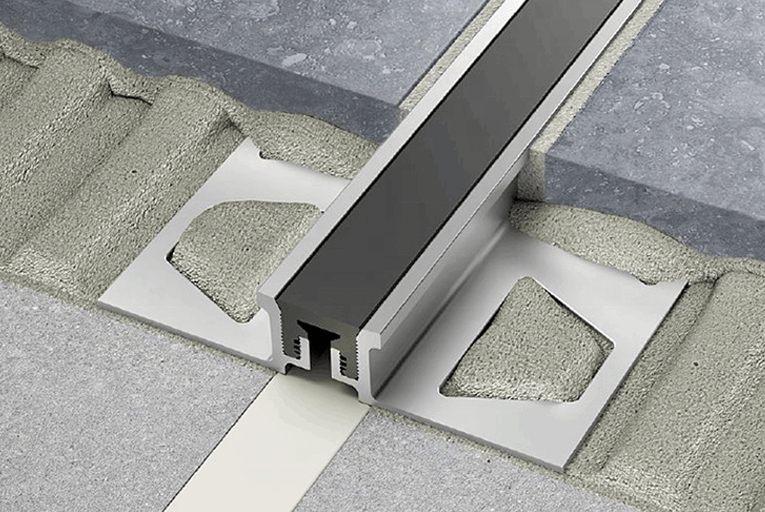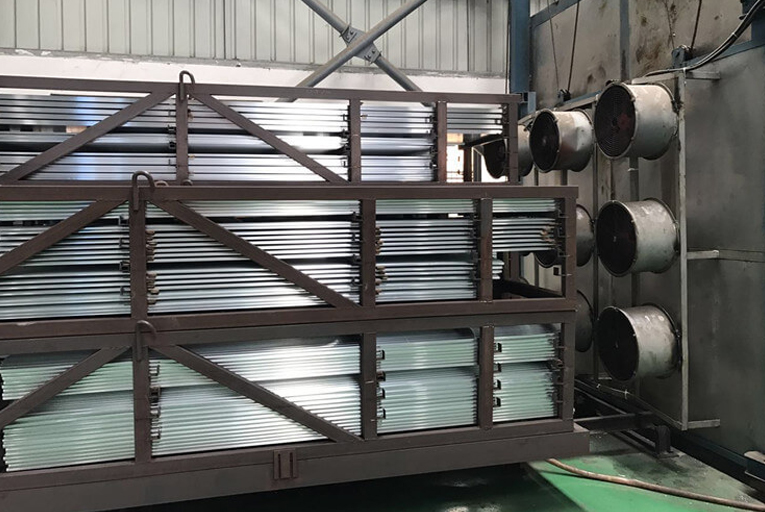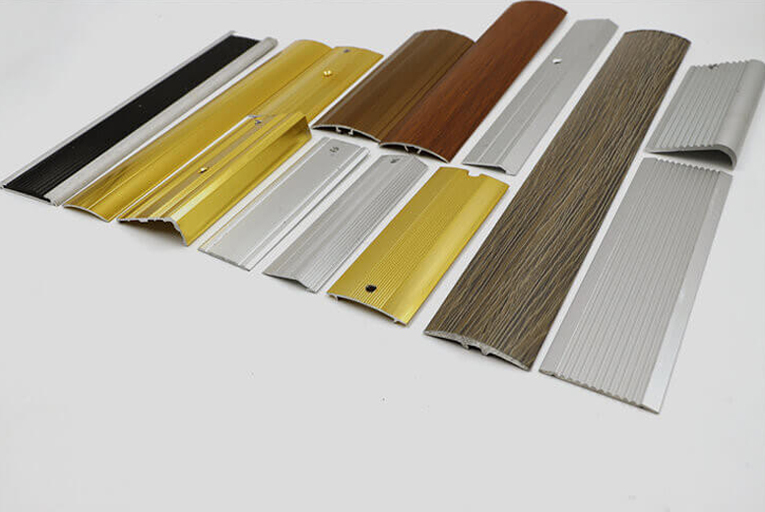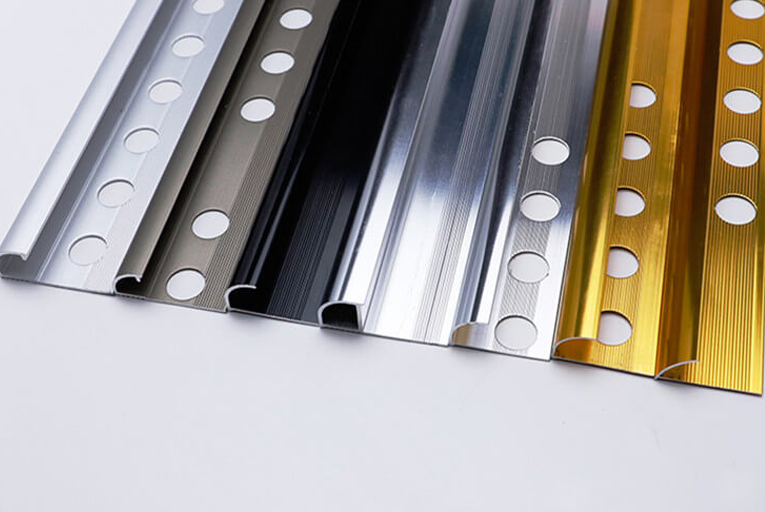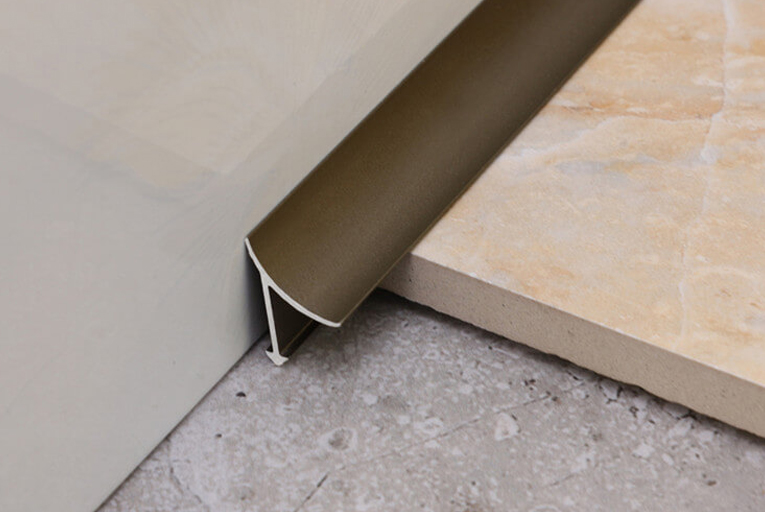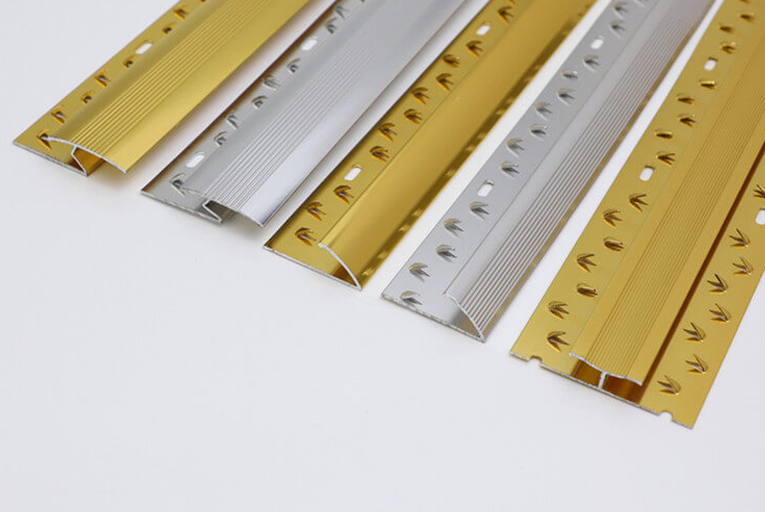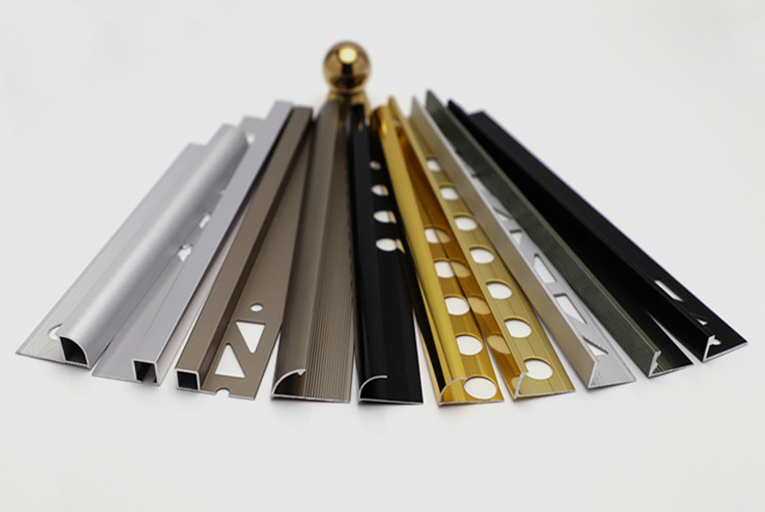The Essential Guide to Tile Transition Strips
Essential Guide to Tile Transition Strips: Unlocking Seamless Style and Safety
In the realm of interior design, the art of transitions holds immense significance. Tile transition strips, often overlooked, play a crucial role in bridging the gap between different flooring materials, elevating both aesthetics and functionality. This comprehensive guide delves into the complexities of tile transition strips, unraveling their types, applications, and the secrets to seamless installation.
Types of Tile Transition Strips
The world of tile transition strips is a diverse one, offering a range of options to suit every need:
T-Molding: Resembling the letter “T,” this strip conceals the expansion gap between two different flooring surfaces, creating a streamlined illusion.
Reducer: As its name suggests, this strip transitions from high-profile flooring, such as tile, to a lower-profile material, such as carpet.
End Cap: These strips are used to finish tile edges, preventing them from chipping or unraveling.
Stair Nosing: Designed specifically for staircases, these strips provide a safe and visually appealing transition by covering the nosing of the steps.
Applications of Tile Transition Strips
Tile transition strips are versatile and find applications in various settings:
Indoor Flooring: They ensure a seamless transition between different flooring materials within a home, such as between tile and hardwood.
Outdoor Terraces and Patios: By connecting tile with other outdoor surfaces, these strips enhance durability and aesthetics.
Commercial Buildings: In high-traffic areas like hospitals and offices, they provide safe and functional transitions.
Installation Secrets for Seamless Transitions
Mastering the art of installing tile transition strips is paramount for flawless results:
Accurate Measurement: Measure the length and width of the gap to determine the exact size of the strip required.
Proper Preparation: Ensure the subfloor is level and the gap is clean and free of debris.
Adhesive Application: Apply a strong adhesive, such as thinset mortar, to the back of the strip.
Precise Placement: Align the strip carefully and press it firmly into the gap.
Grout Matching: Fill the remaining space with grout that matches the surrounding tile.
Conclusion
Tile transition strips are essential components for creating seamless and stylish flooring transitions. By understanding their types, applications, and installation techniques, you can transform any flooring project into a masterpiece that combines aesthetics with functionality. Embark on this journey to discover the world of tile transition strips and unlock the secrets to impeccable flooring transitions.
-
How to Install Tile Trims Line?
2022-02-09 -
Difference Between Sandblasting and Anodizing Surface Treatment of Aluminum Tile Trim
2022-02-09 -
The Different Uses of Tile Outside Corner Edging Trim and Inside Corner Edging Trim
2022-02-09 -
The Most Popular 5 Different Materials of Tile Trim Line
2022-02-09 -
What is Carpet Cover Trim?
2022-02-09 -
The 6 Hottest Tile Trim Solutions for 2021
2022-02-09

